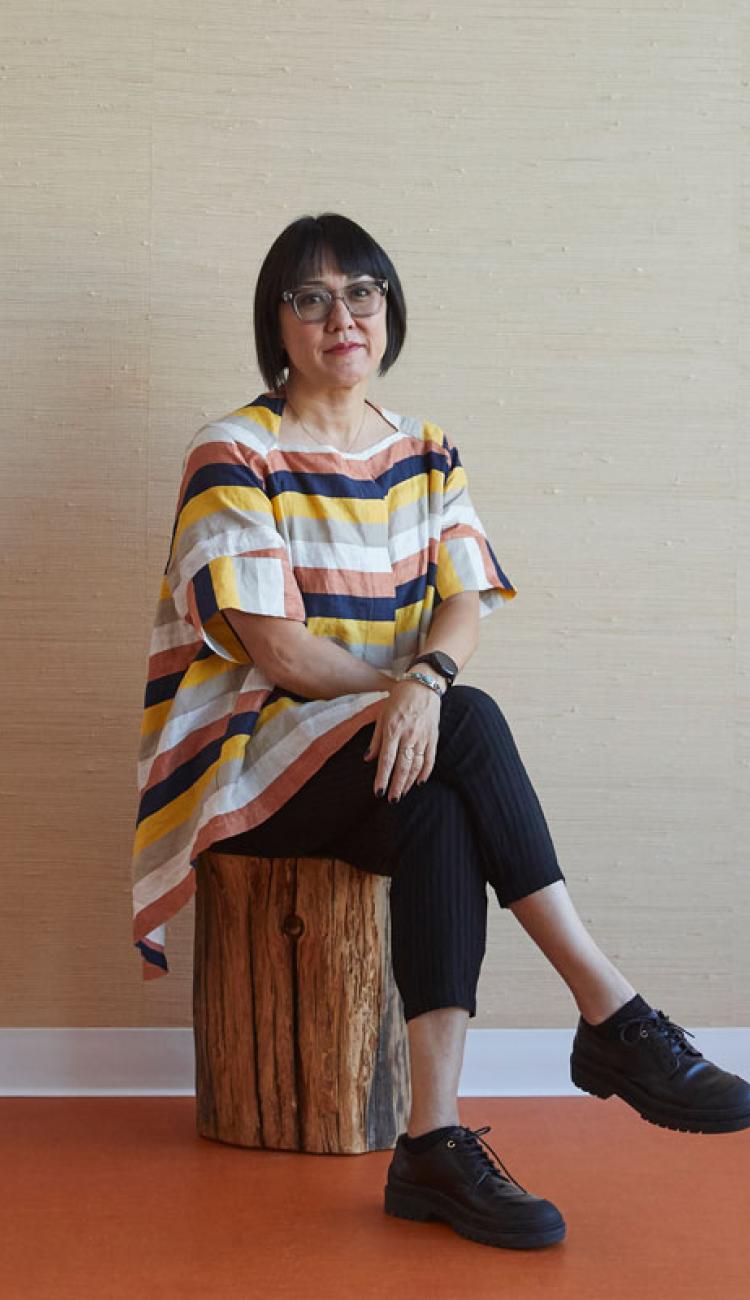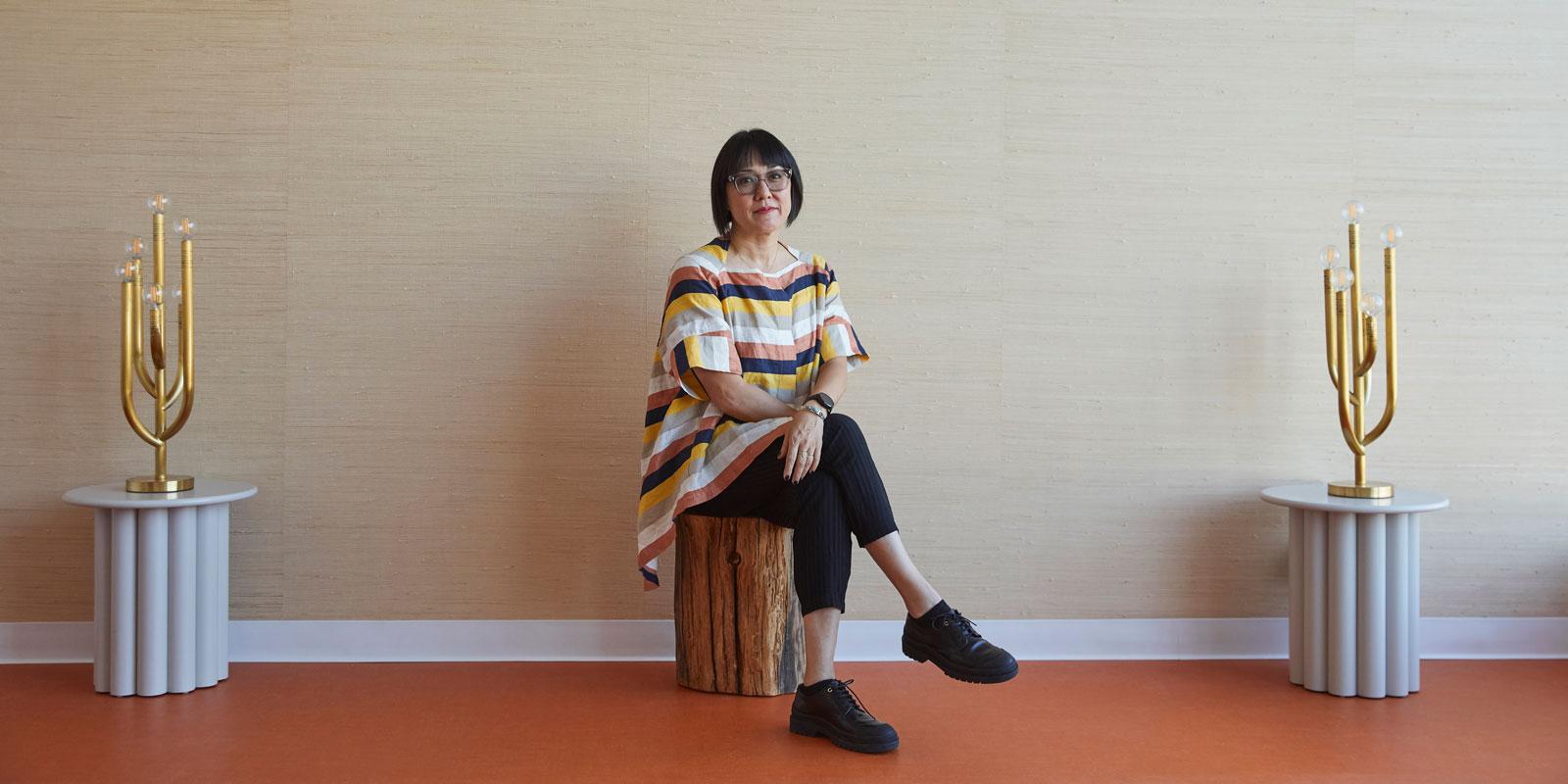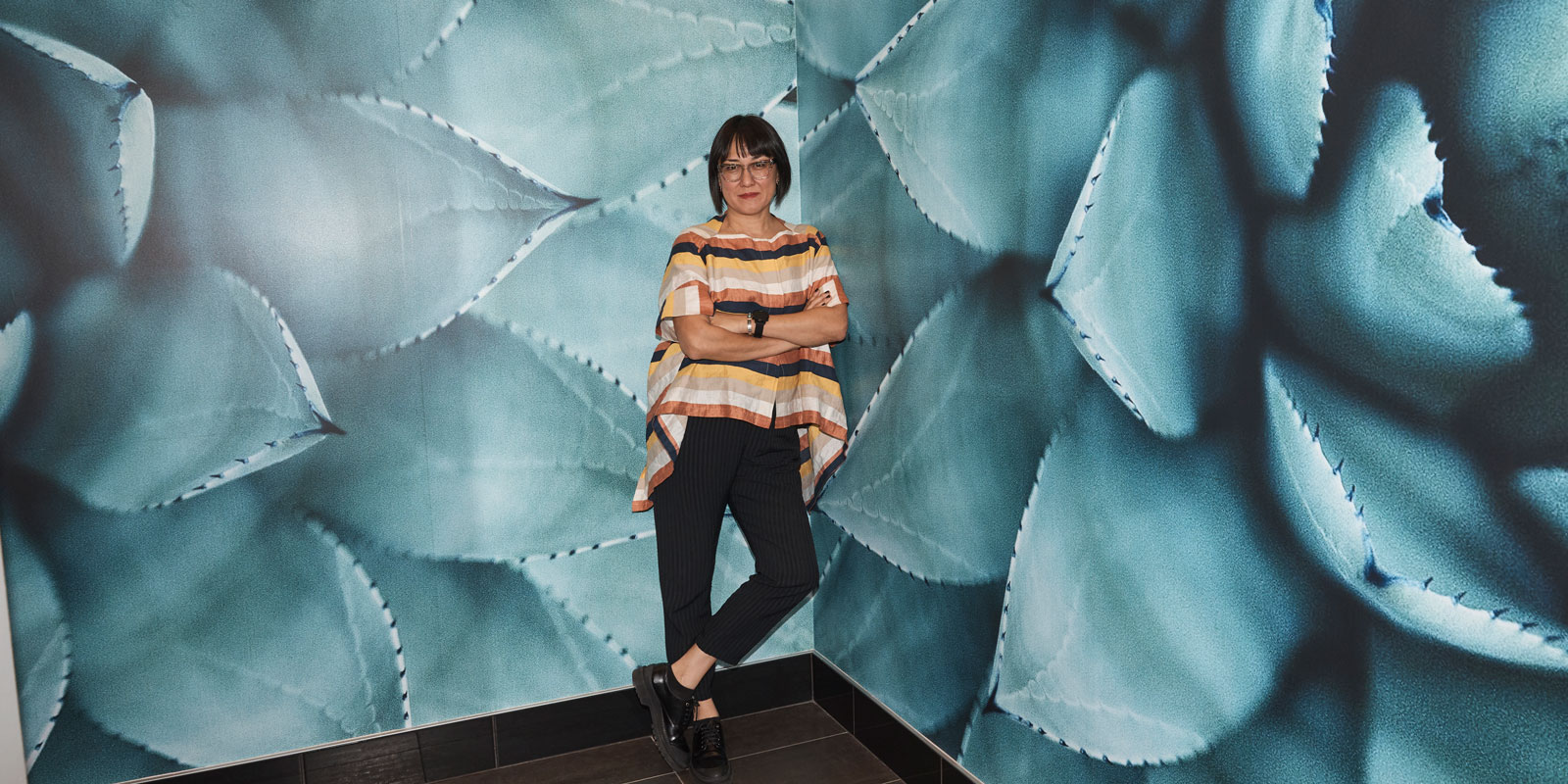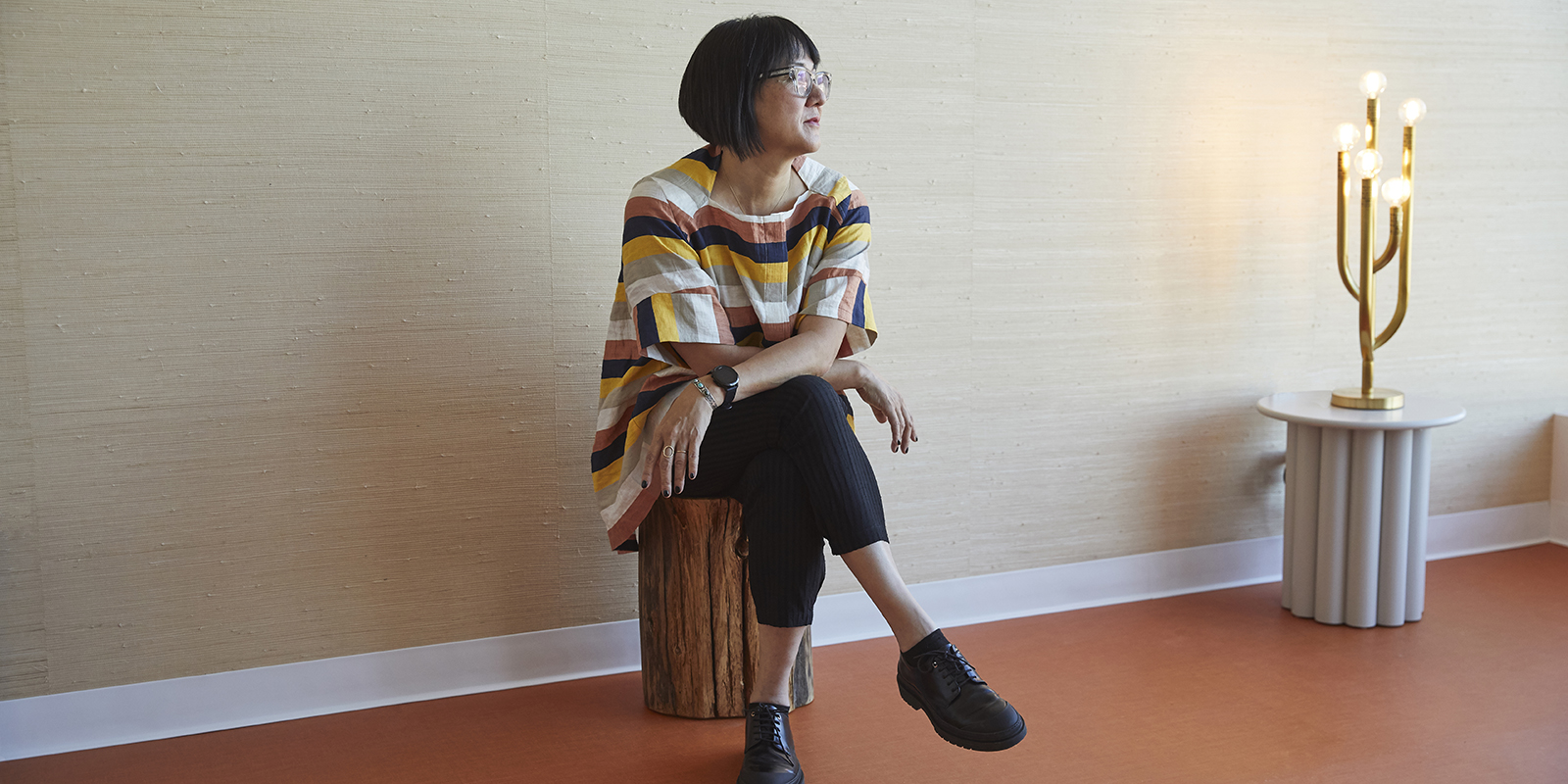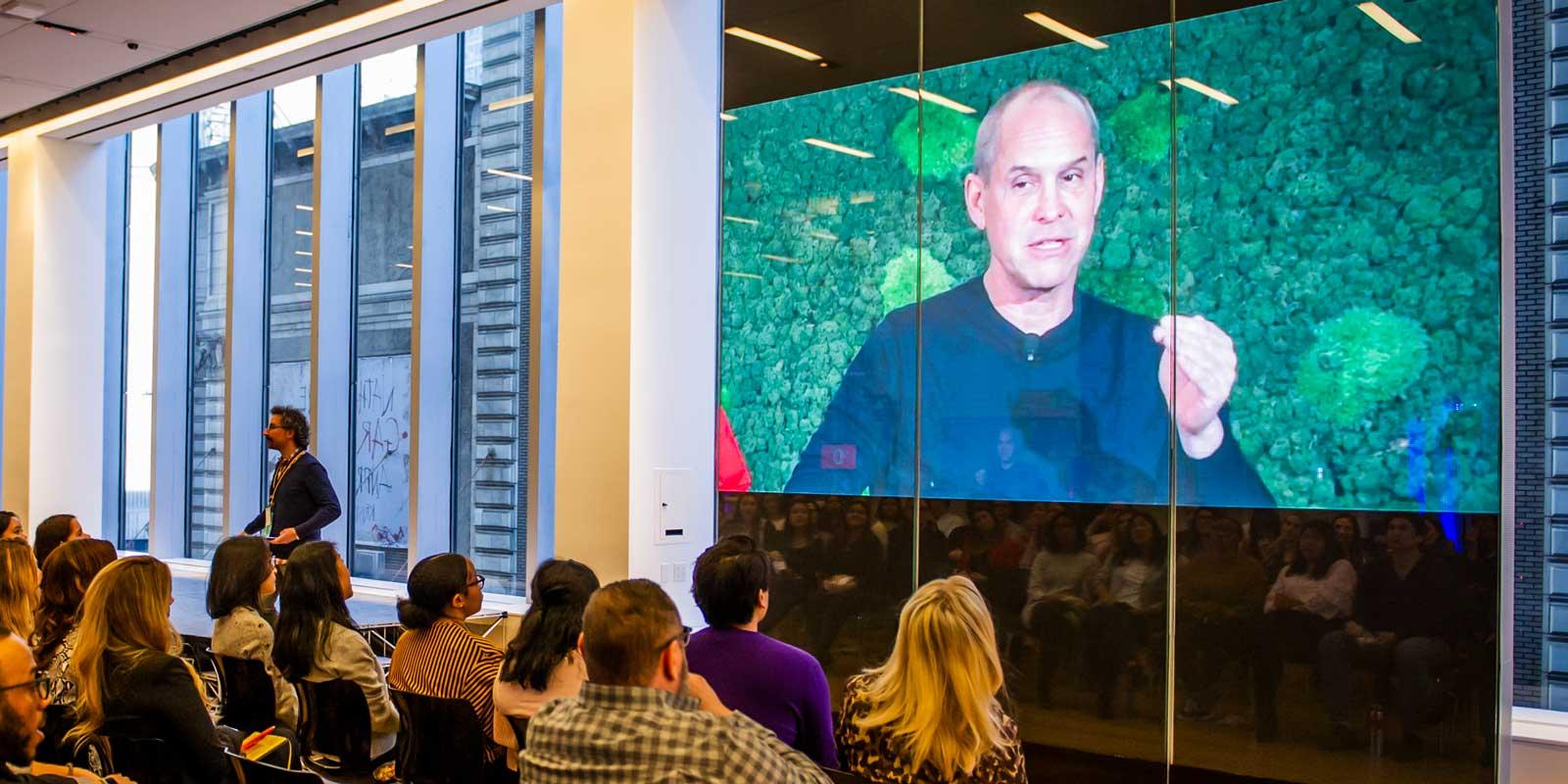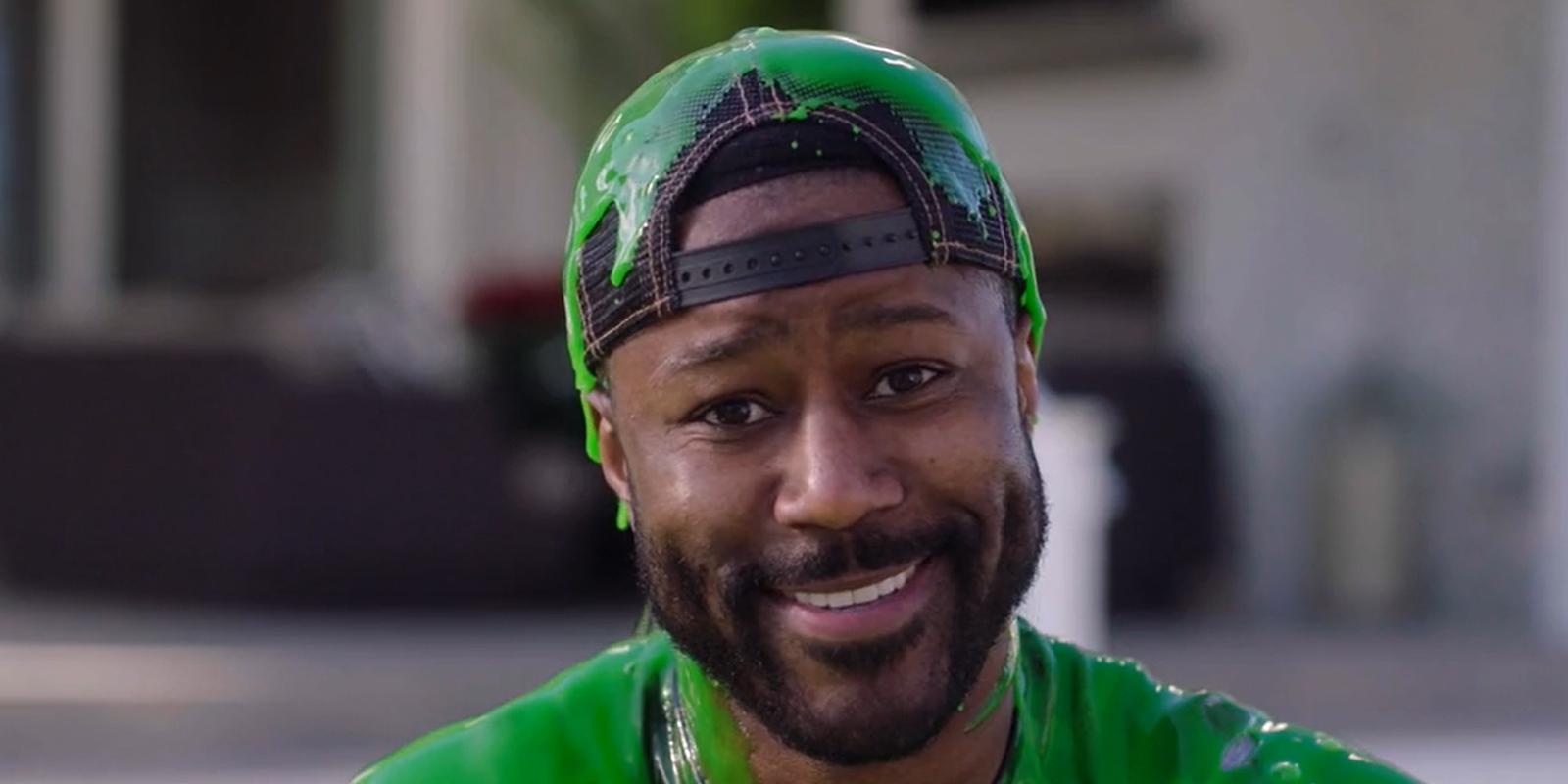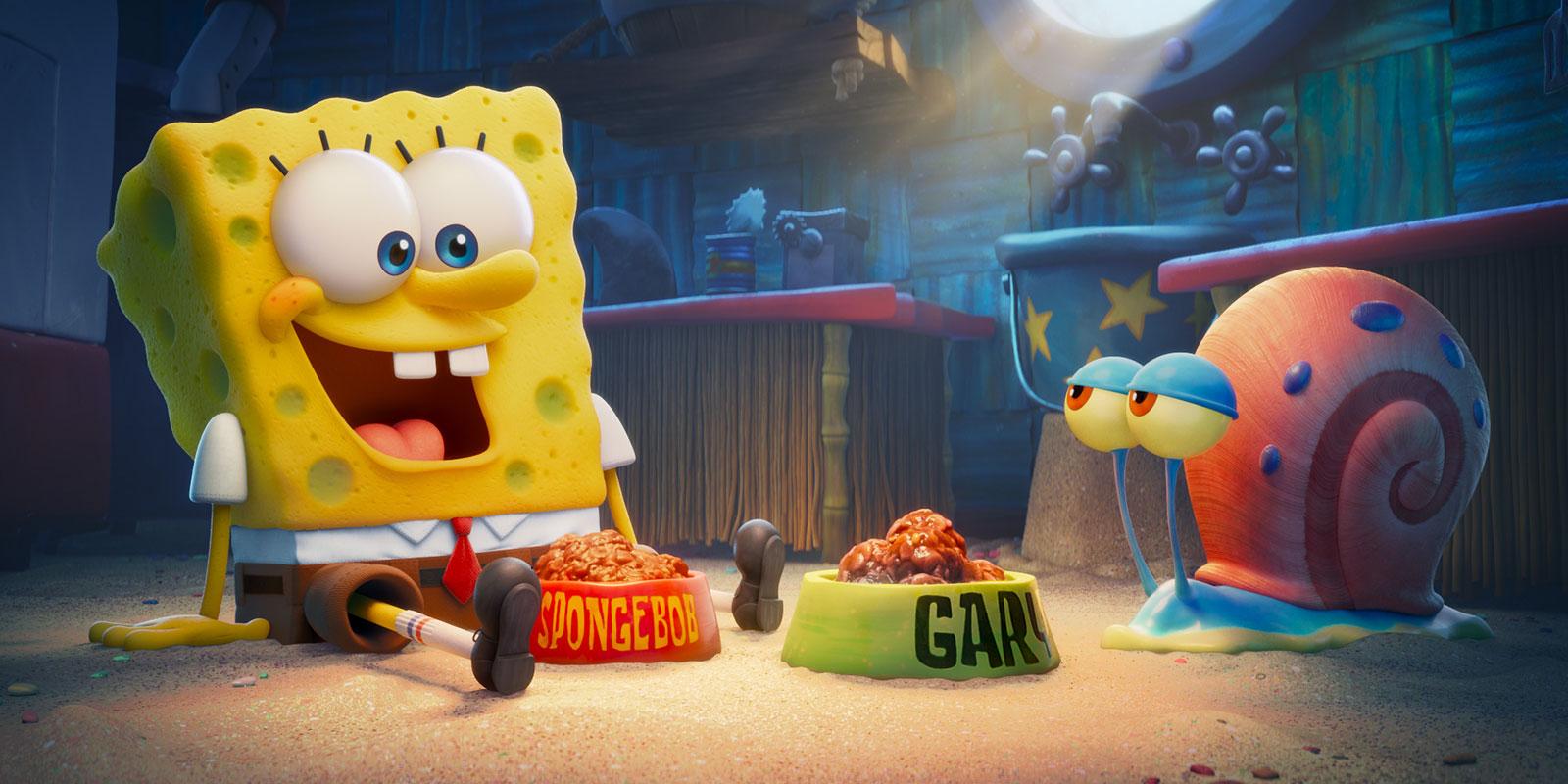Oct 28, 2019
“Animation is like herding 200 hungry cats, and they're all artists.”
Our In the Office With ... series, gives Viacom executives the opportunity to reveal a little bit about who they are, how they lead, and what drives them in the day-to-day.
Ramsey Naito is an unlikely TV executive. She didn’t grow up watching Saturday morning cartoons; she didn’t even have a TV. Her early ambition was to pursue a career as an installation artist.
But Naito’s career trajectory was redirected following early stints at animation studios and Nickelodeon. Early on in her career she was a production assistant on the Rugrats series. As she rose the ranks in the animation, Naito had a hand in producing The SpongeBob SquarePants Movie, South Park: Bigger, Longer & Uncut and she produced The Boss Baby. In September, she was named president ofNickelodeon Animation, continuing to report directly to Brian Robbins.
A lot has changed in animation since she started in the industry. Competition for talent has never been so fierce. CGI has become so prevalent that many animators don’t need to know how to draw by hand since their work is done entirely on computers. And, portraying diversity and inclusivity on-screen and in the studio is a priority.
These are changes Naito welcomes. She considers her return to Nickelodeon as part of President Brian Robbins’ leadership team a homecoming and an opportunity to reinvigorate the brand. We recently chatted about how she’s bringing new voices to the network, expanding the SpongeBob universe and not having a TV growing up.
Tara Weiss: You didn’t start out with ambitions of working in TV animation. What type of art did you study and create?
Ramsey Naito: Sound installation. I was interested in deconstructing comedy in terms of conversation and language surrounding race and representation. It was sculptural and it was experiential, but it had a highly poetic and linguistic aspect to it because it was about the human point of view.
TW: That sounds very esoteric.
RN: It was, it was.
TW: How did you go from sculptural sound installation to production assistant at an animation studio?
RN: I went to Cal Arts [California Institute of the Arts] for graduate school where I met animators for the first time. They were the ones getting jobs straight out of college. I ended up getting a job as a production assistant at an animation studio called Klasky Csupo because that's where my friends were working. I fell in love with it. I fell in love with the animation community and was just so inspired by a workplace that hired 200 to 300 artists at a time.
It really has kept my interest for over 20 years. Producing an animated show is like herding 200 hungry cats, and they're all artists. So it's very lively, and hard, but really fun.
TW: Was it a challenge to make the transition from animator to manager?
RN: It didn't feel too challenging to me. I grew up in a highly creative environment--everyone in my family is an artist or a poet and so I empathize with an artist's mind. When you're creating, you are in a vulnerable space. I also understand how one has to keep that on track and moving forward. I'm able to marry both.
TW: Had you worked with Brian Robbins before he named you to his leadership team?
RN: We knew each other in passing, in the early days of Nick, but had never worked together. When he came back to Nick, it really struck a chord with me because I started my entire career here. I have very fond memories of Nickelodeon and my start here and I associate Brian as someone who helped define the brand.
TW: Can you describe the “new” Nick?
RN: I want to bring the best new original voices to Nickelodeon Animation Studio to make the best stuff for kids and families. I’d like the Studio to be a creative home and retreat where artists can cultivate their ideas. I also want to give kids access to great stories that can inspire them to laugh, to be a better friend, to have adventures and gain the confidence to be themselves and stand up for what they believe in.
To help achieve that we have assembled an executive team that is diverse and inclusive and are developing a slate of stories that is reflective of our audience and the world we live in.
I am also excited about our new Shorts Program, which was an open call for creators to pitch new ideas for potential series or movies. The program is turning out to be extremely eclectic. We've heard over 300 pitches from around the globe and will announce the winners soon.
TW: When Brian Robbins was hired, he also spoke of the importance of Nickelodeon’s content reflecting its diverse audience. What are some of your favorite examples?
RN: The Casagrandes just premiered. It’s an amazing, animated comedy about a Mexican-American family. It’s girl-empowered, bilingual and culturally vibrant. It's one of a kind.
We're also shooting a sitcom pilot called Meet the Voxels. It's features an African-American and Latinx family where everyone is from a different video game. What’s unique about the production process on this, is we’re shooting it in a game engine, which halves the production turnaround with a fresh and contemporary visual style.
We're also into production on Star Trek: The Animated Series. As a Japanese-American girl growing up watching Star Trek, I remember being inspired by strong female characters like Uhura, and getting to see an Asian character like Sulu. Our series will continue Star Trek’s legacy told through a Nick lens.
TW: What can you tell us about the SpongeBob spinoff Kamp Koral? Why is it being created in CGI as opposed to SpongeBob, which is two-dimensional?
RN: This series embraces what makes camp so special. It’s a place where new friendships are formed and memories are made. Our ability to create a really elastic squash-and-stretch-and-defy-all-gravity type of animation style in CGI is 100 percent doable. And the cartoony naturalistic texturing and underwater lighting allows Bikini Bottom to shine in a way we haven’t seen before.
TW: How did that idea come about?
RN: It came from the genius mind of Steve Hillenburg, the creator of SpongeBob Squarepants. At its heart, Kamp Koral is about friendship and it shares the origin story of how our Bikini Bottom friends all met.
TW: You’ve spoken frequently about women being underrepresented in animation. Why do you think that is and what is your role as a leader to change that?
RN: Seventy percent of the student body in animation schools are women but only 20 percent are getting jobs in creative roles. This is mystifying. But I see it as an opportunity to build a culture that feels safe for women and everyone as they develop their careers, but more importantly to be a mentor that empowers women to follow their dreams.
Small Talk
Adjectives your team would use to describe you: Empathetic. Decisive. Fun. Supportive and that I love shoes.
TV experience as a kid: I grew up without a TV. My parents were hippies and they felt like TV was something that took away from the creative process. Little did they know this just made me more obsessed with TV.
Formative creative experience: My father is a sculptor. He welds as a part of his art form. I started welding when I was 10 with him, making sculpture. My dad had a studio in Tribeca before it became fancy.
Editor's Note: this post was updated in September 2020 to reflect Ramsey Naito's new job title.
Photos: Magdalena Wosinka
